Top 6 Things You Need to Know About the Butcher’s Board
The butcher’s block was primarily used by butchers and in the meat processing factories. From being part of a butcher’s shop as a wooden block to being a part of the modern-day kitchen as a butcher’s board, it has come a long way.
The butcher’s block is a style of assembled wood used for heavy-duty chopping like large chunks of meat. A butcher’s board is one of the most eco-friendly equipment you can have in your kitchen as it is made out of pieces of wood that would otherwise be discarded. Elementary brings you quality options like the Teak Wooden Butcher board and the wood butcher board in different eye-catching shapes.

Things you should know about the butcher’s board
1. Type of wood used:
A butcher’s board is made from hardwood. Maple wood is the most preferred one since it is inexpensive, durable and readily available. Hardness is the key and any hardwood like oak, cherry wood, teak, tigerwood, birch are also sought out for. Ellementry offers options like teak and mango in the type of wood used in their butcher’s boards.
Also, Read - You need a Butcher Board If You Chop All These Things
2. Styles of butcher’s board:
There are two styles of butcher’s board:
- Edge grain: When long strips are laid lengthwise and glued with a food-friendly adhesive, such a board is called an edge grain board. These boards are not generally preferred as they tend to dull the knife-edge.
- End grain: When the wood is cut width-wise and laid like a checkerboard, such a board is called end grain board. This is the most commonly used style of board, as they are kinder on the knife-edge. The fibres of the wood pieces tend to close up and not leave any marks after cutting is done, thus, increasing its shelf life. These boards tend to be expensive. All these aspects should make the end grain board a smart choice for you.
Also, Read - 4 Kinds of Cheeseboard and Tips to Use them Best!
3. Hassle-free cleaning:
Butcher boards have been infamous for a finicky cleaning process, which is not the case. Just a wipe with a mild detergent followed by warm water fixes the job. You should be sure that the board is dried off entirely; otherwise, there is a risk of mould built-up. It would be best if you always keep the board in a well-aerated area so that it would dry up completely. You should never use strong detergents, as it may dry up the tour board leading to crack it. As the boards available at Ellementry are made of wood, washing it with a mild detergent is sure to keep it away from abrasives.
4. Forever new:
The butcher’s board has great longevity if you take proper care of it. It can self–heal from minor knife nicks. To keep it new, you should be liberal in applying bee’s oil (which is a mixture of bee’s wax and mineral oil or any food-safe oil once a month). Any other oil such as walnut oil and linseed oil also serves the purpose. These oils enable you to maintain the hardness of the block. However, you should avoid the usage of olive oil or corn oil. So, sealing the boards with the right oil at regular intervals (at least once a month) can make it your forever companion in the kitchen. You can also saw your board to smoothen the deeper niches.
5. Thickness:
The thickness of the butcher board depends on the type of purpose you expect it to serve. While you are working with vegetables, knife-work such as slicing, julienning, dicing, and chopping is light, and any chopping board would meet your needs. Meat, on the other hand, requires quartering, deboning and filleting, so, you would expect a larger working area so that it is sturdy enough so as not to be damaged. The thickness of the butcher board should be at least 2”. Thickness is an important factor as it adds weight to the board. If the boards are not sturdy, and if you are quartering meat, the board would always slide off, or the meat would go airborne or slide onto the ground. In case you buy a board which is smaller in size, we should ensure that rubber feet are attached to shorter boards. You can always use the butcher’s board for chopping vegetables and meat. In such a case, you should cut the greens first and then proceed with the quartering of meat.
6. Sanitation:
Wood, being porous, has always faced the accusation of harbouring bacteria. Studies, however, have proved that wooden boards are more sanitary than all its counterparts. The best way you can clean a butcher’s board is to rinse it immediately after use. You can then disinfect it with 3 per cent hydrogen peroxide. Stains can be removed using coarse salt or baking soda. Deodorize using white vinegar and lastly, sanitize using diluted bleach. Please be mindful of not using harsh bleaching substances on it. Also, it would be best if you never put the board in a dishwasher. Otherwise, it will ruin your board. Boards from Ellementry are crafted in such a way that they do not take scratches quickly.
Also, Read - What kind of Butcher board is best for meat cutting?
The butcher’s board has gained a lot of popularity lately, making way to the modern kitchens by way of the butcher’s block cooktop. As they blend with all types of kitchen styles, be it contemporary or ethnic, more and more people are opting for wooden cooktops. Easy maintenance and hassle-free cleaning make it a more obvious choice.
The butcher’s board is all set to become a part of modern kitchens, and it is here to stay. Butcher boards from Ellementry are high-quality ones and are easy to maintain. They can be used for heavy-duty chopping as well as something light. You should include the rectangular or square butcher’s board from Ellementry in the list of “must-have” equipment in your kitchen now!
Also Read
Why are Cheese/Bread boards Ideal for Presents?

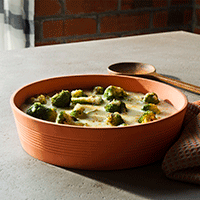
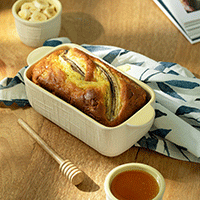
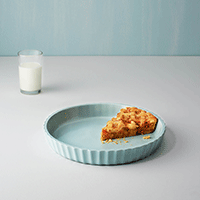

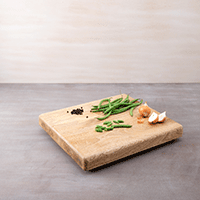
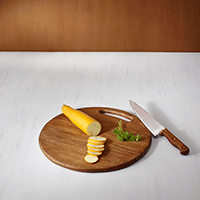
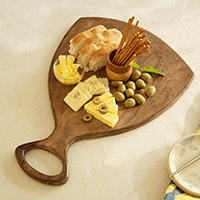
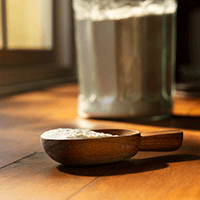
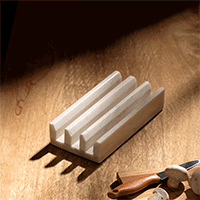

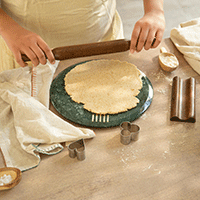
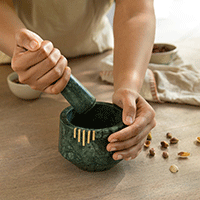
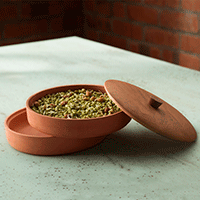
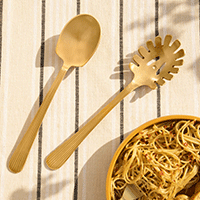
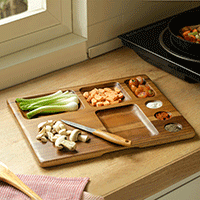
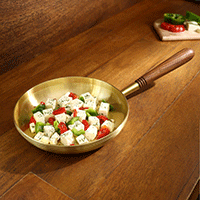
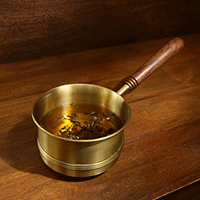
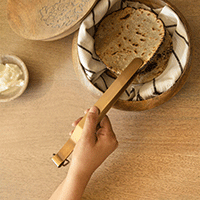
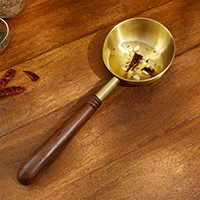
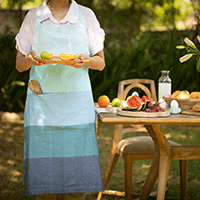
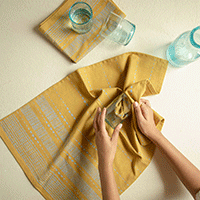
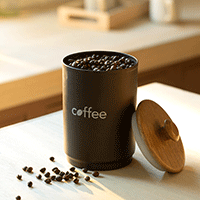
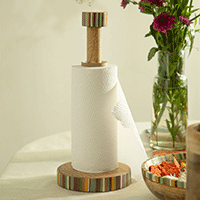
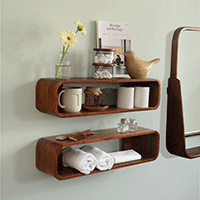
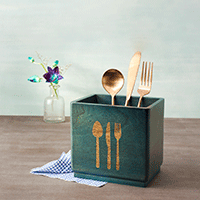
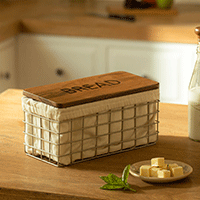
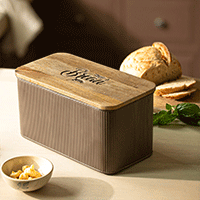
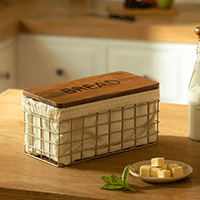
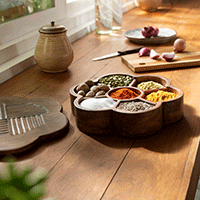

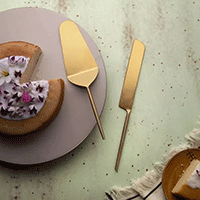
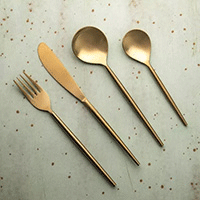
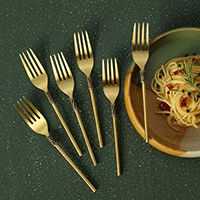
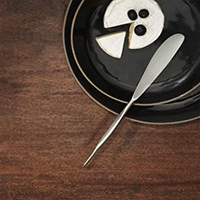
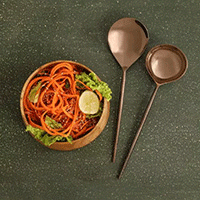
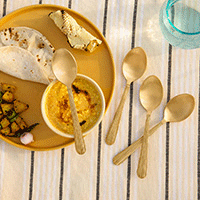
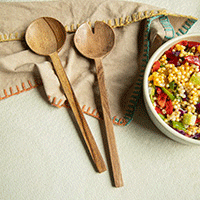
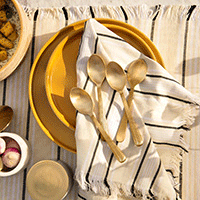
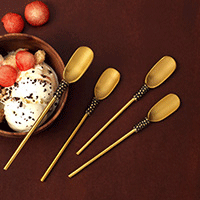
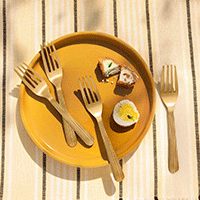
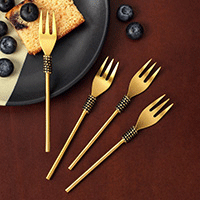
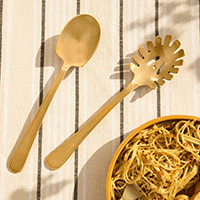
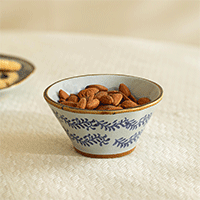
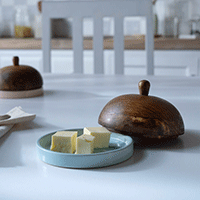
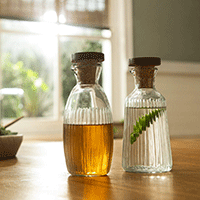
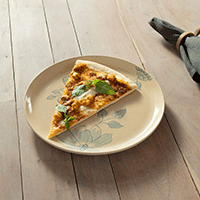
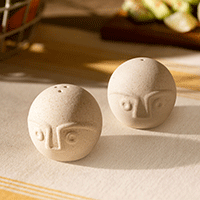
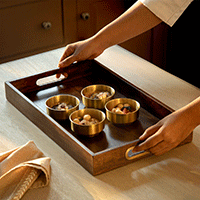
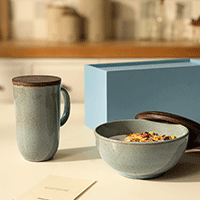


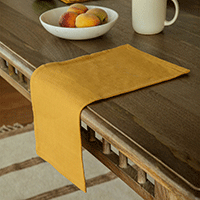
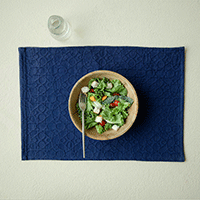
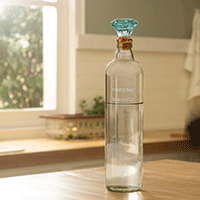
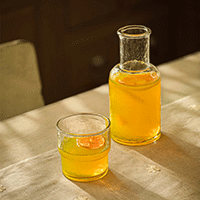
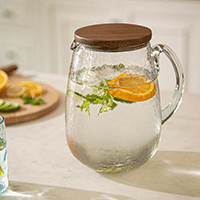
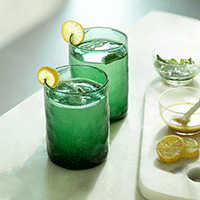
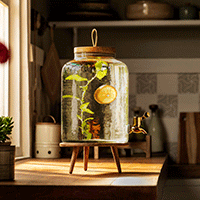
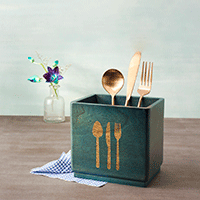
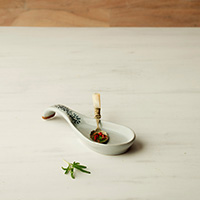
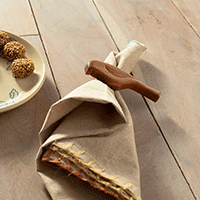

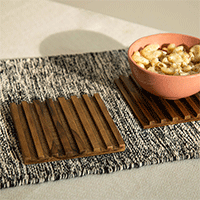
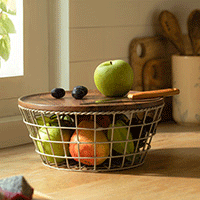
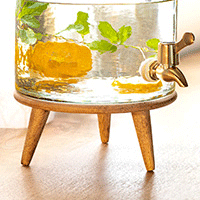
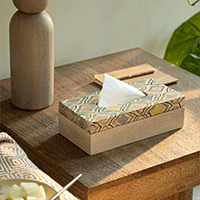

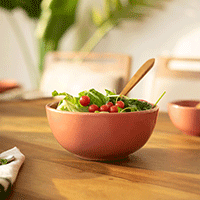
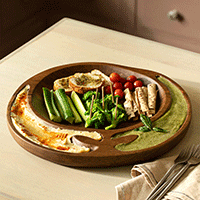
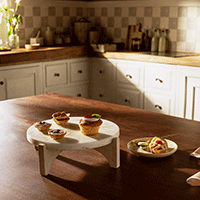
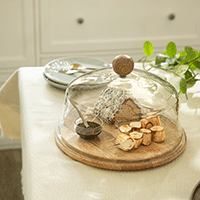
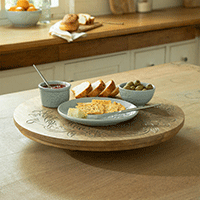
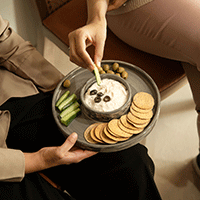
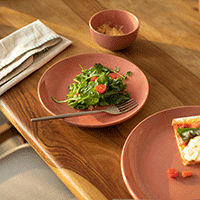
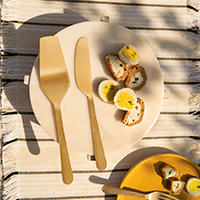
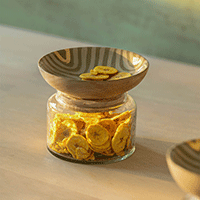
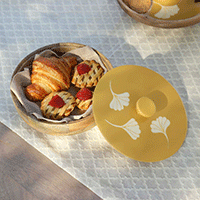
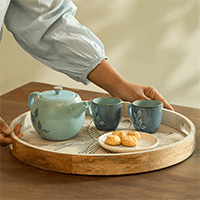
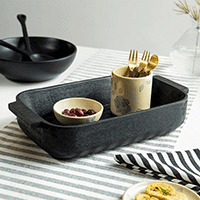
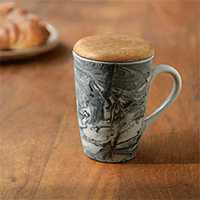
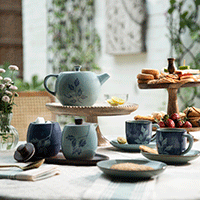
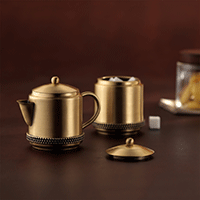
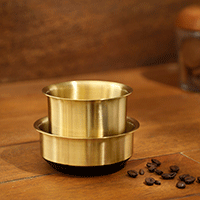

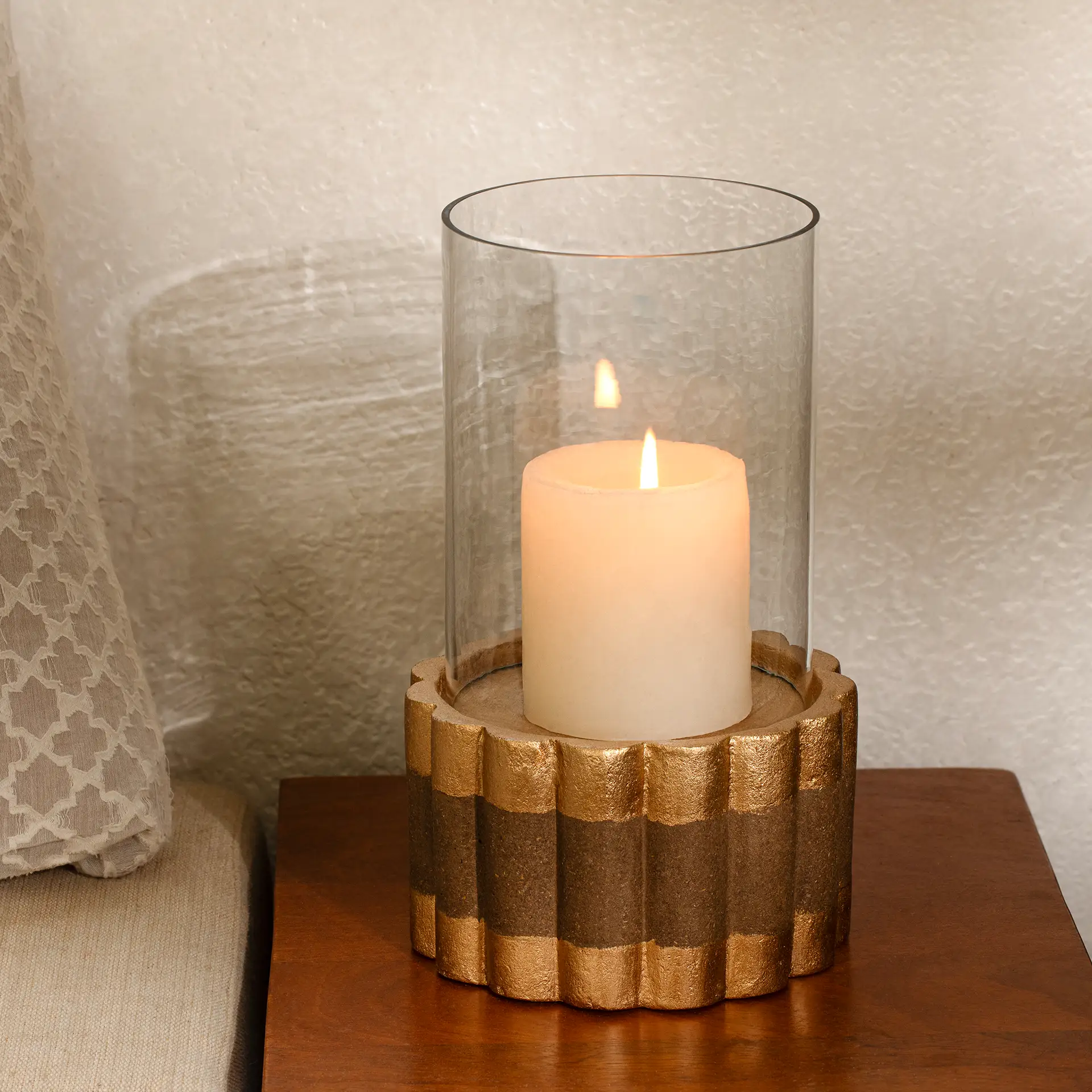


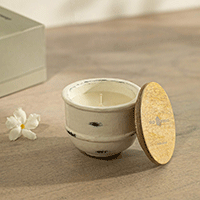
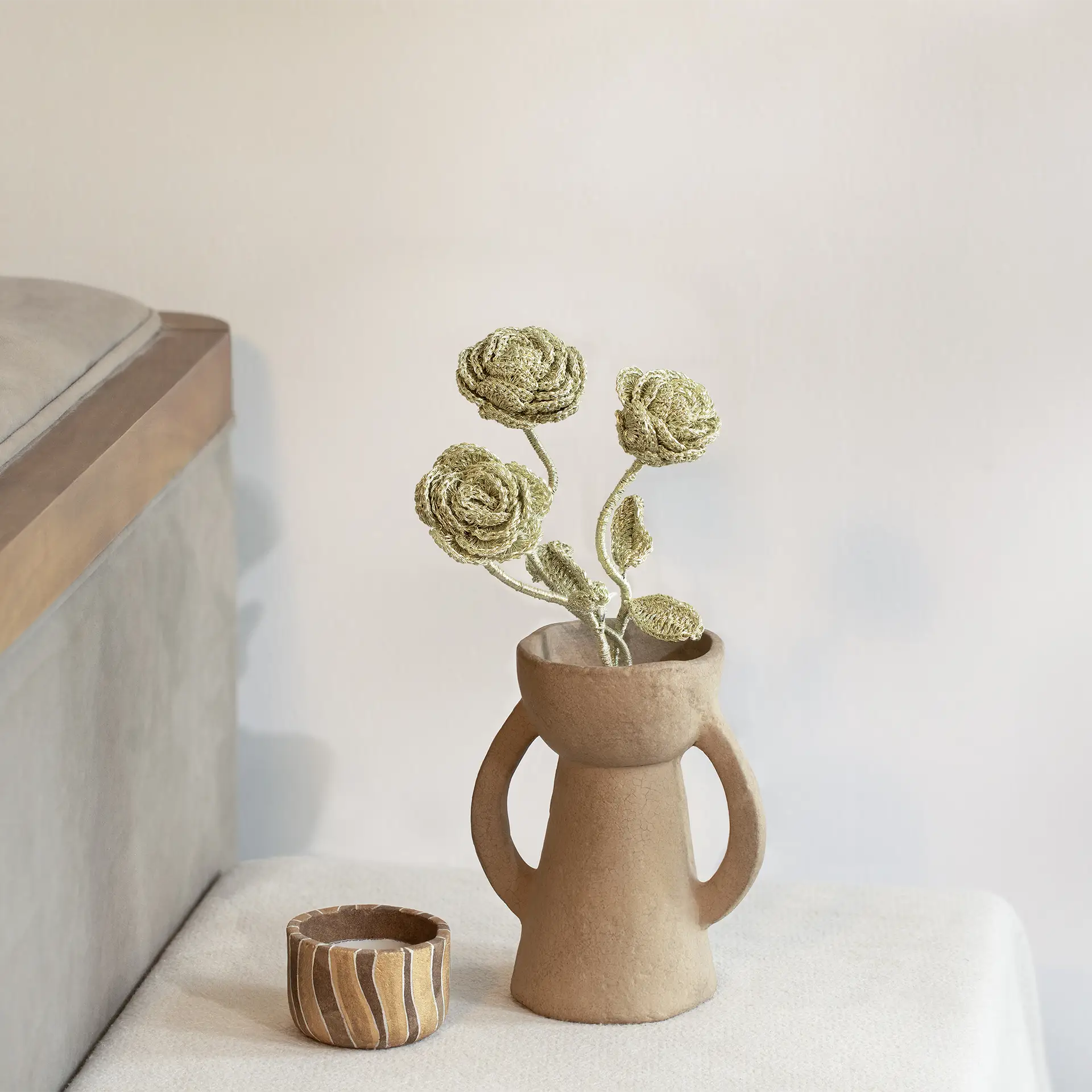
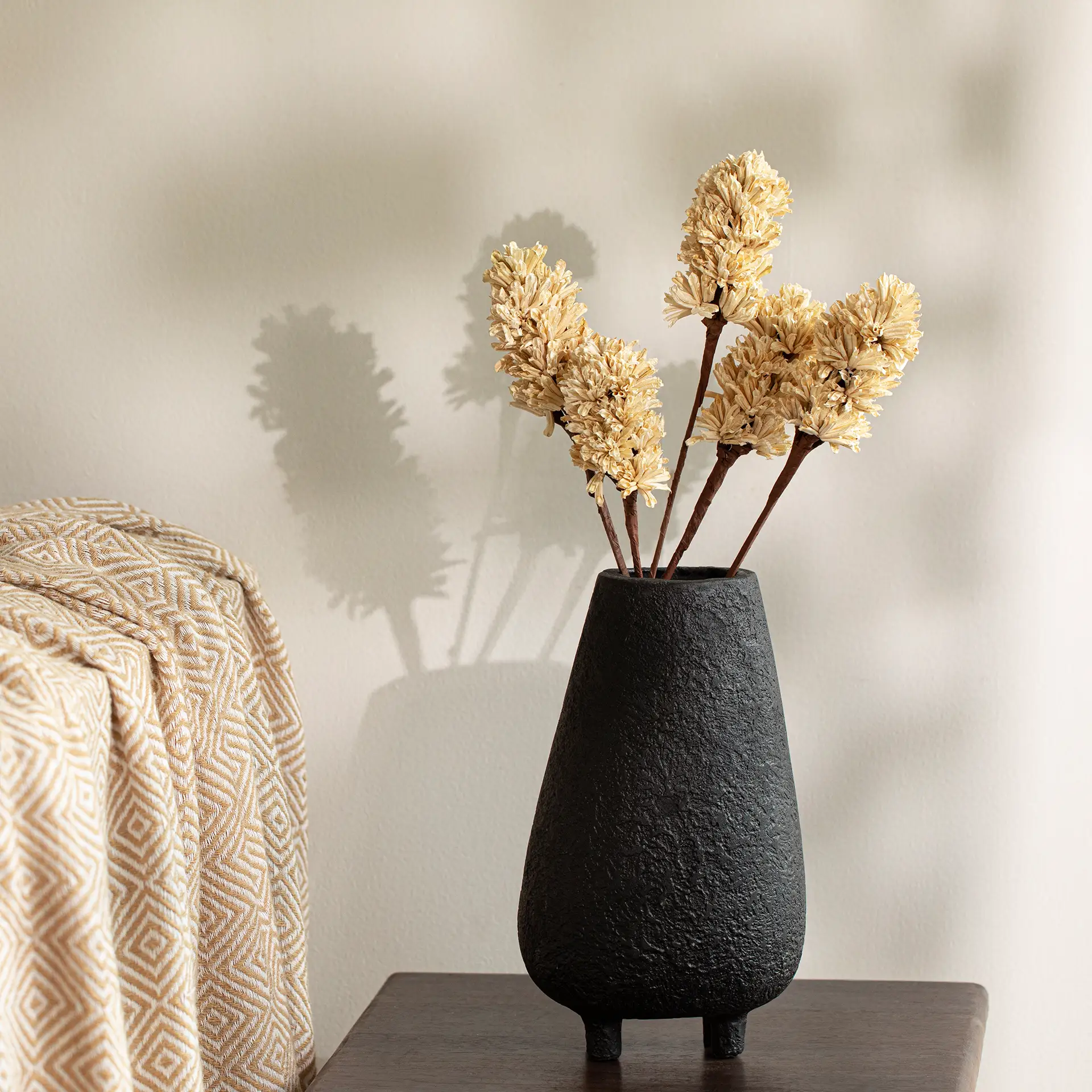
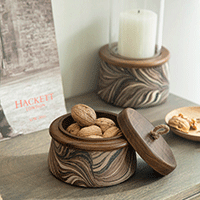
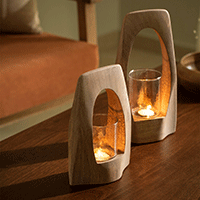
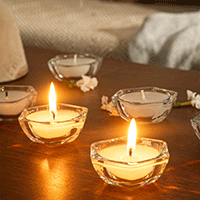
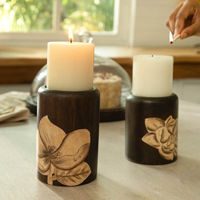
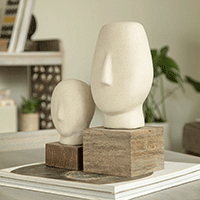
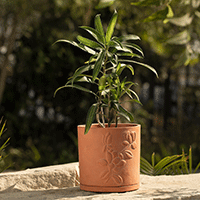
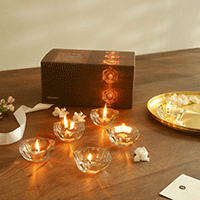
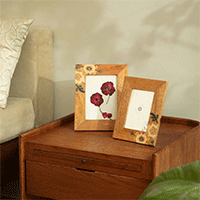
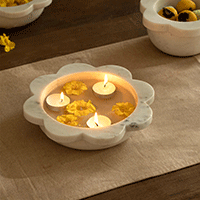

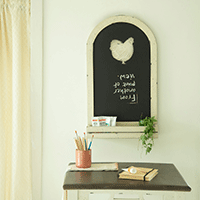
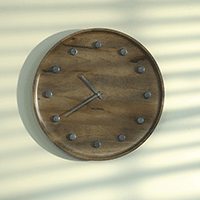
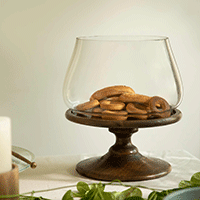
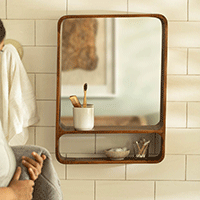
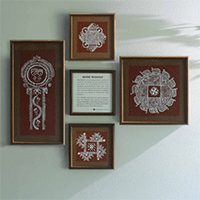

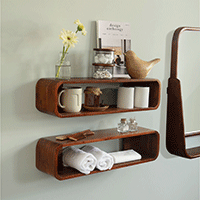
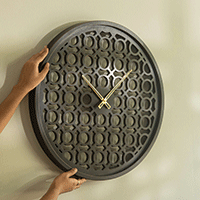

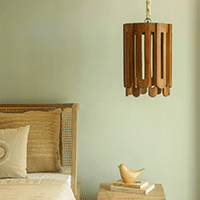
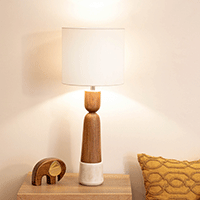
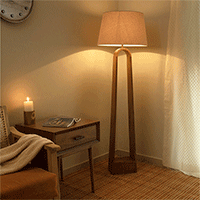
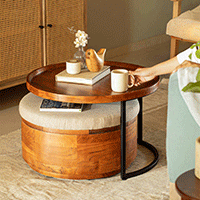
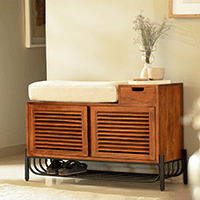
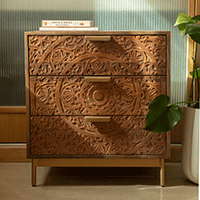
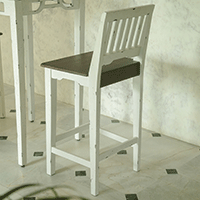
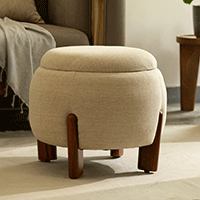
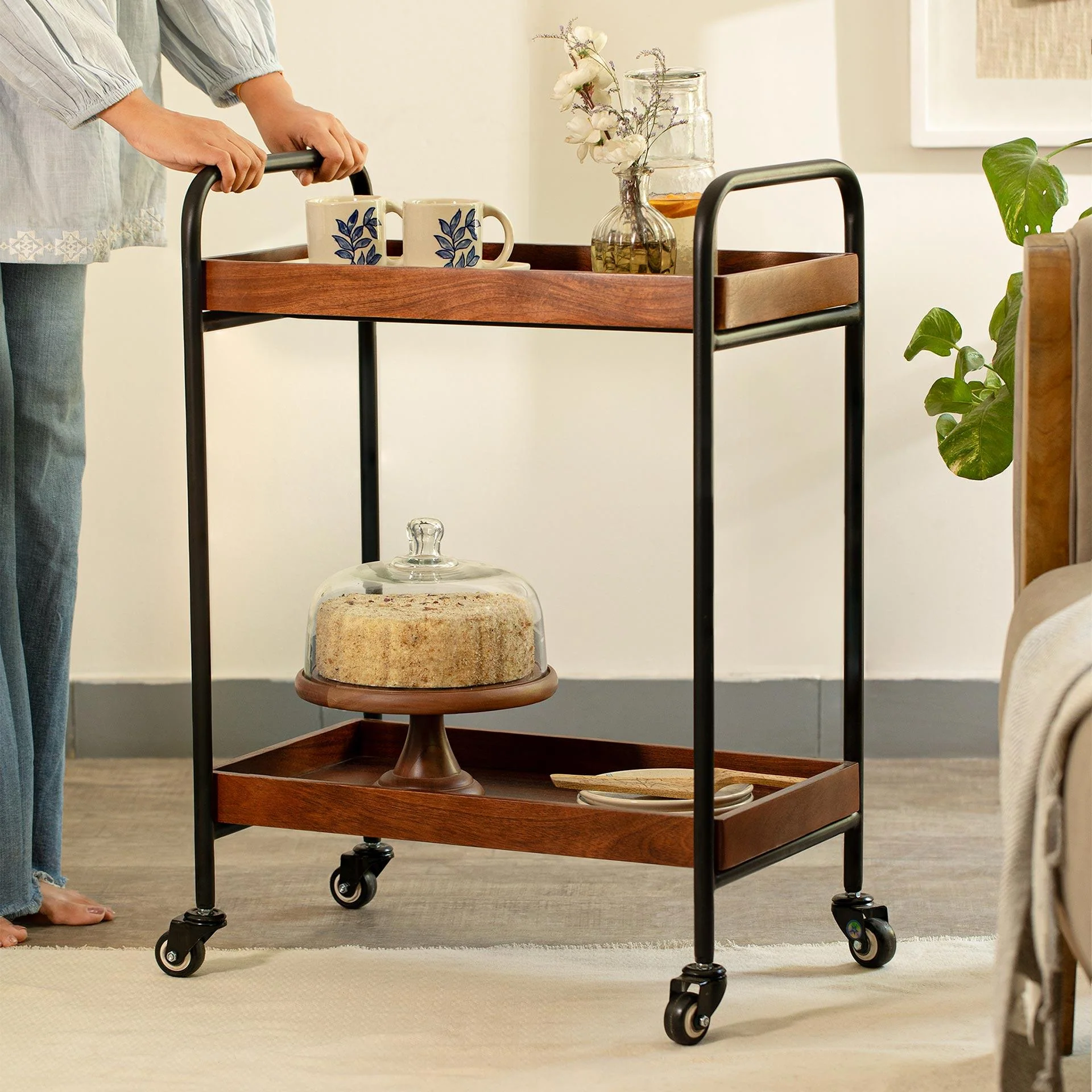

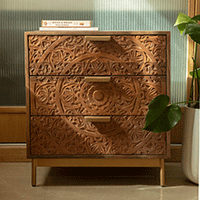

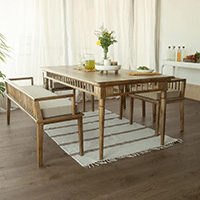
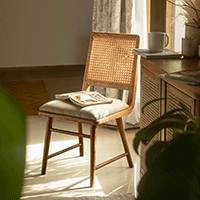

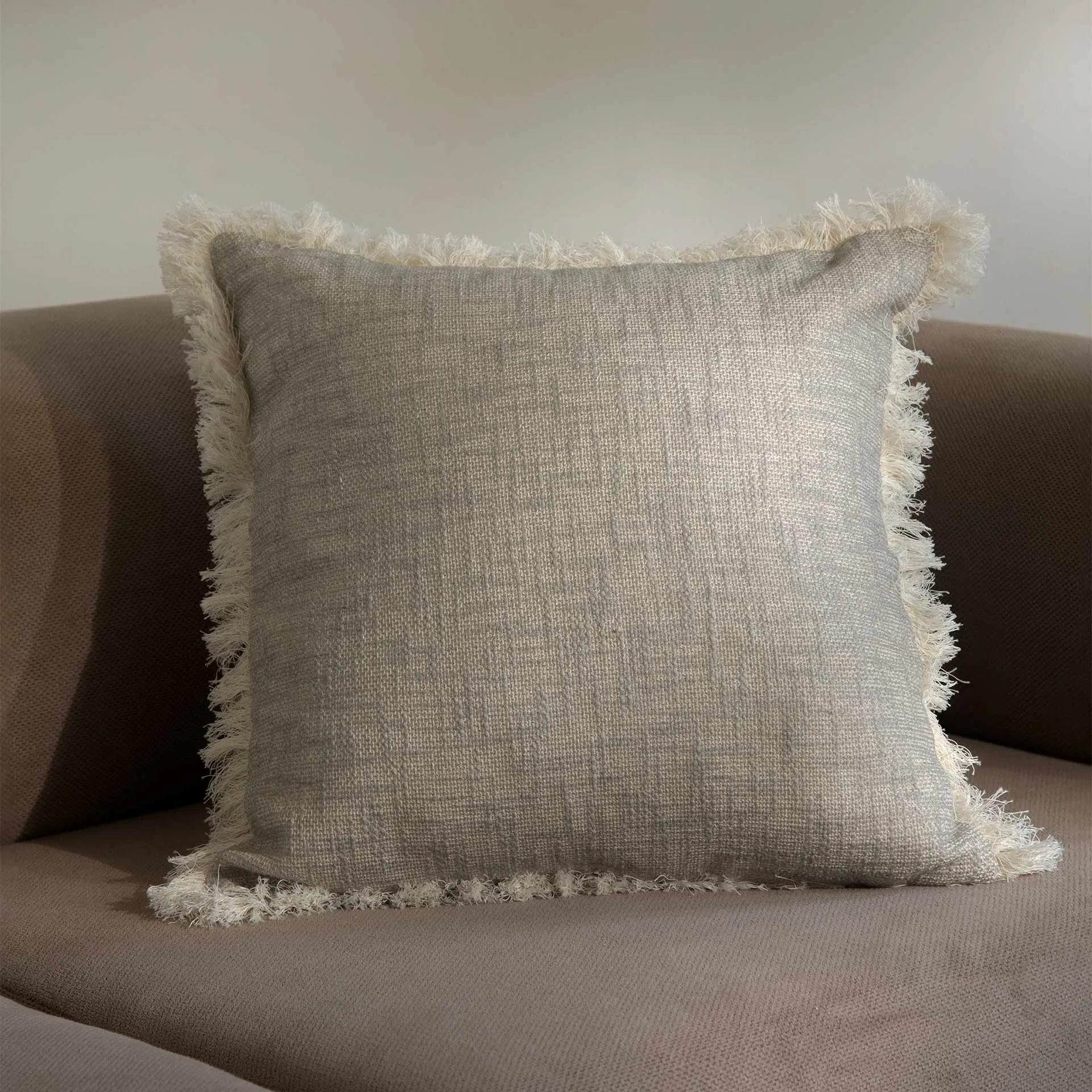
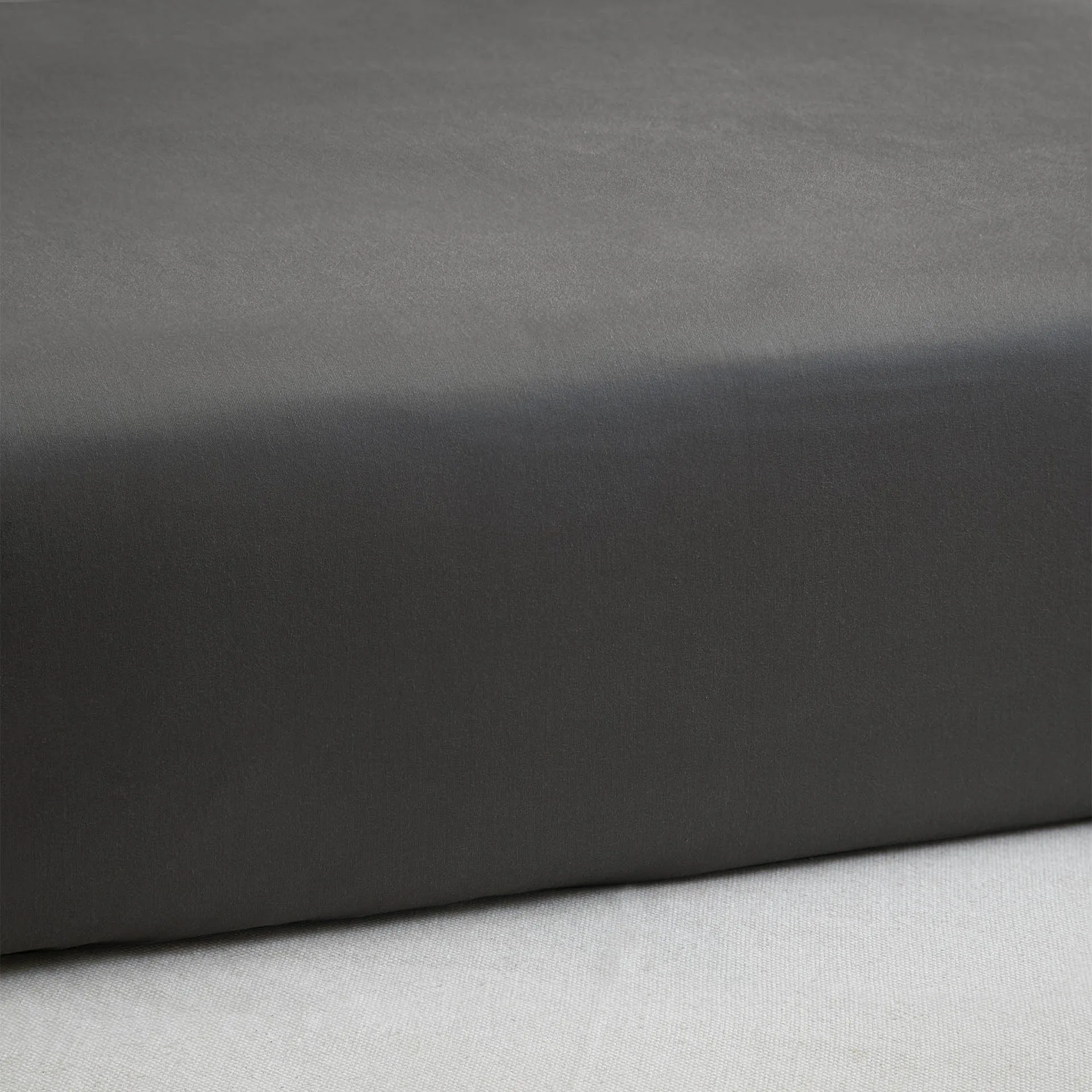

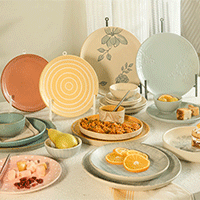
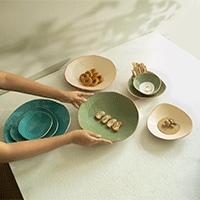
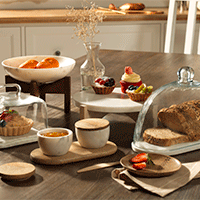
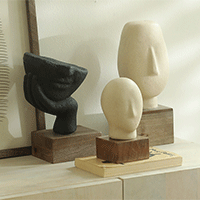
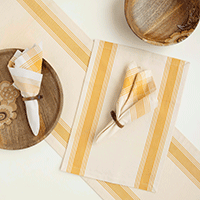
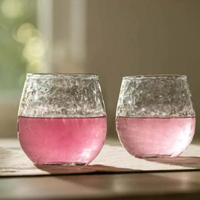
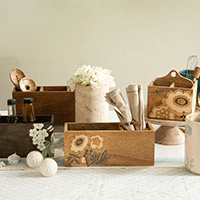
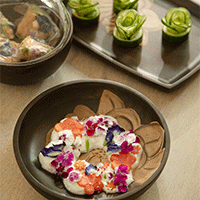
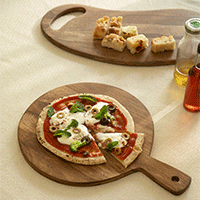
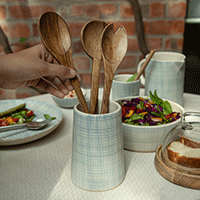
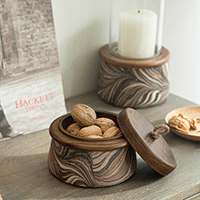
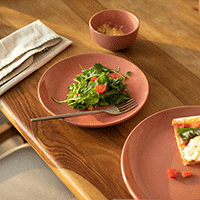
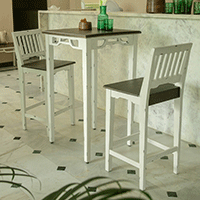
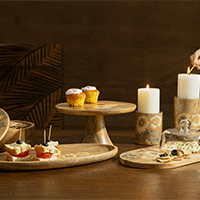
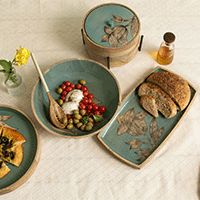
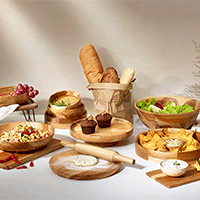
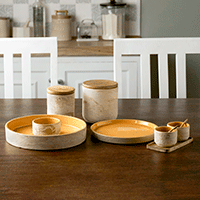
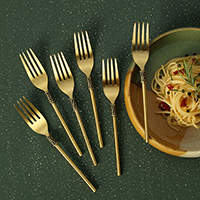
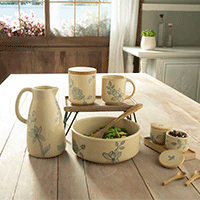
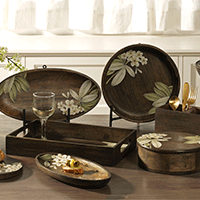
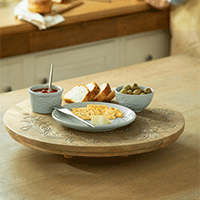
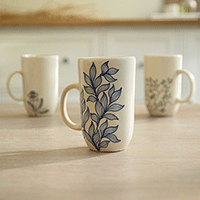
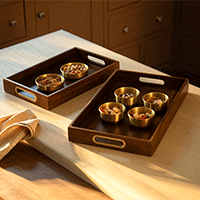
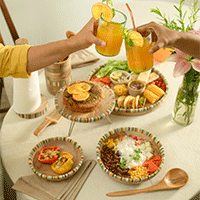
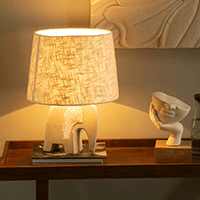
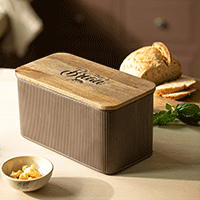
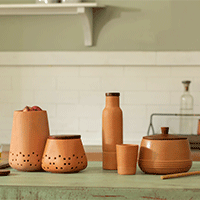
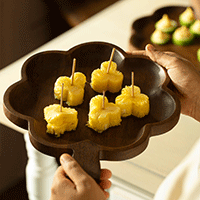
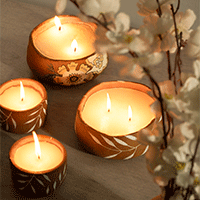
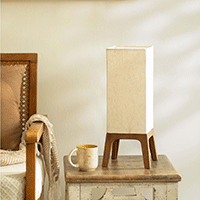
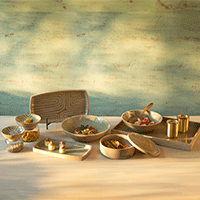
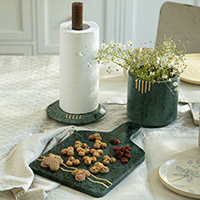
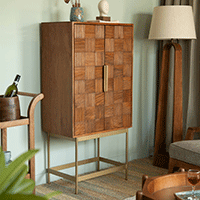
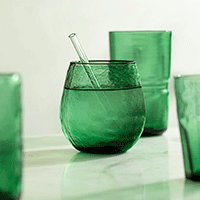
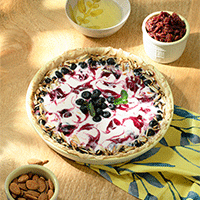
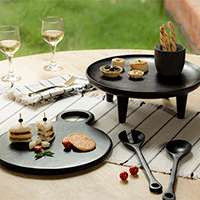
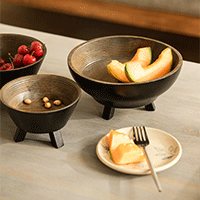
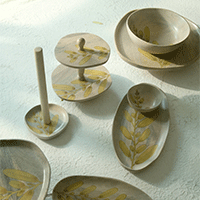
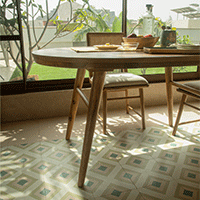
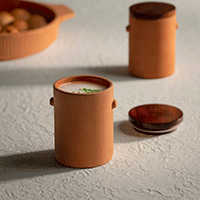
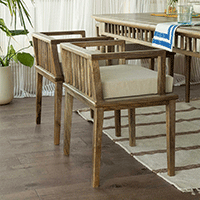

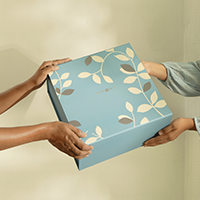
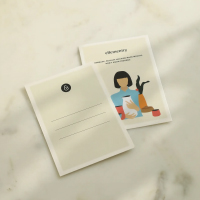

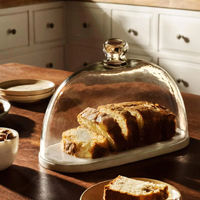

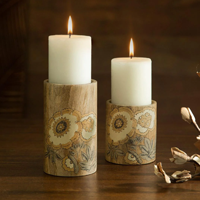
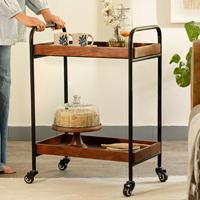


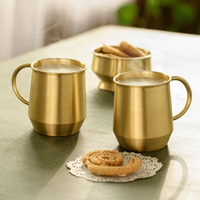
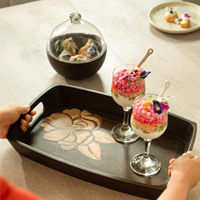
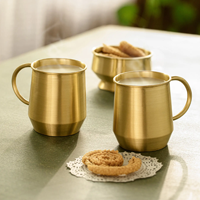
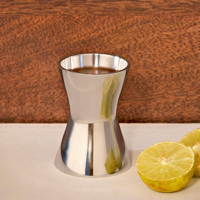
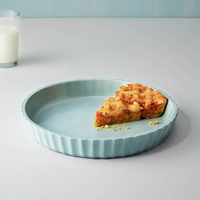
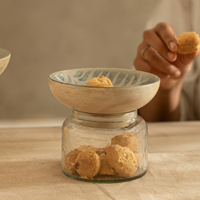
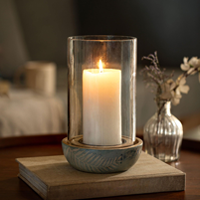
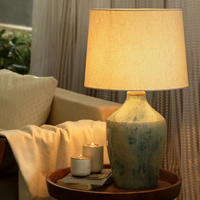
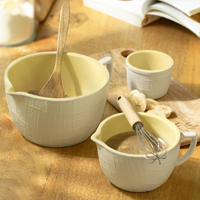
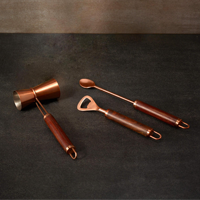
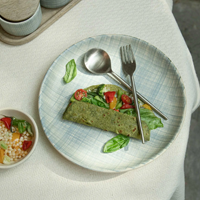














 easy returns
easy returns safe & secure
safe & secure hand crafted
hand crafted
